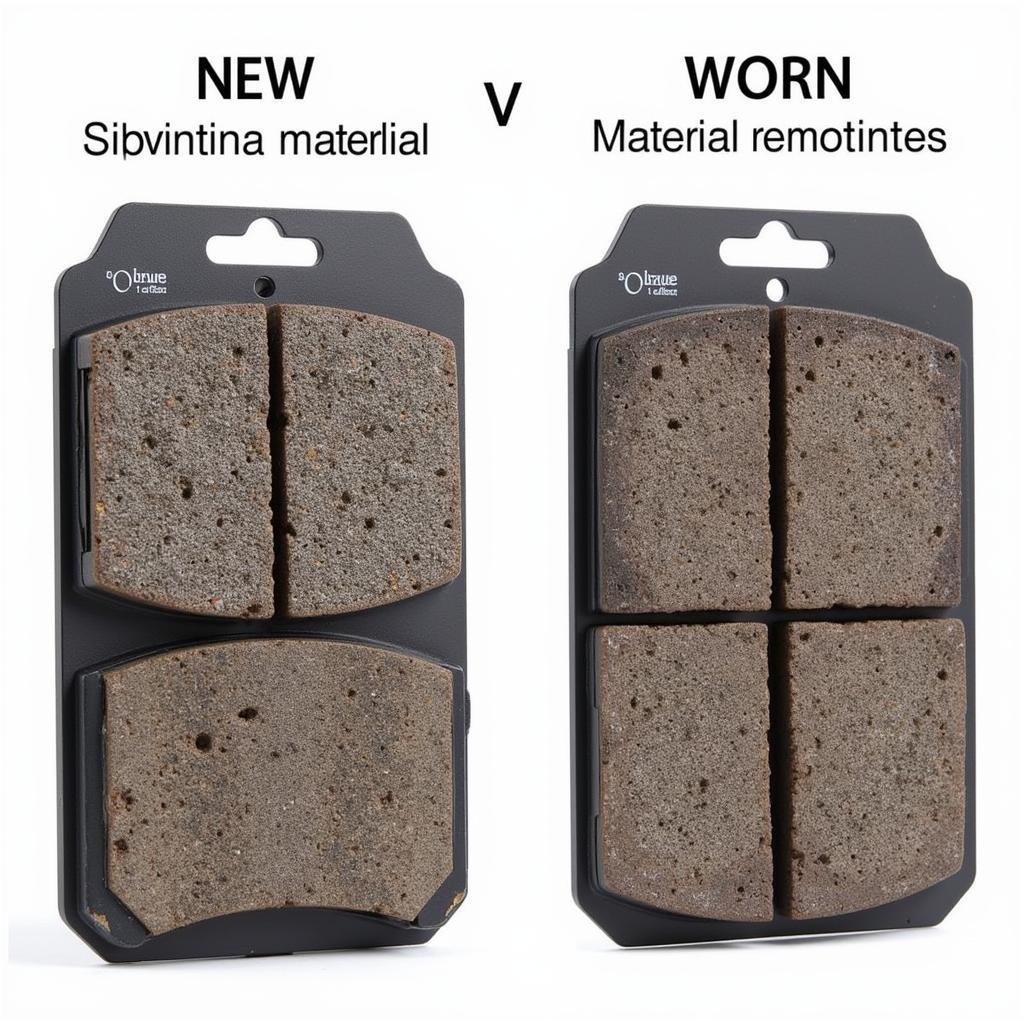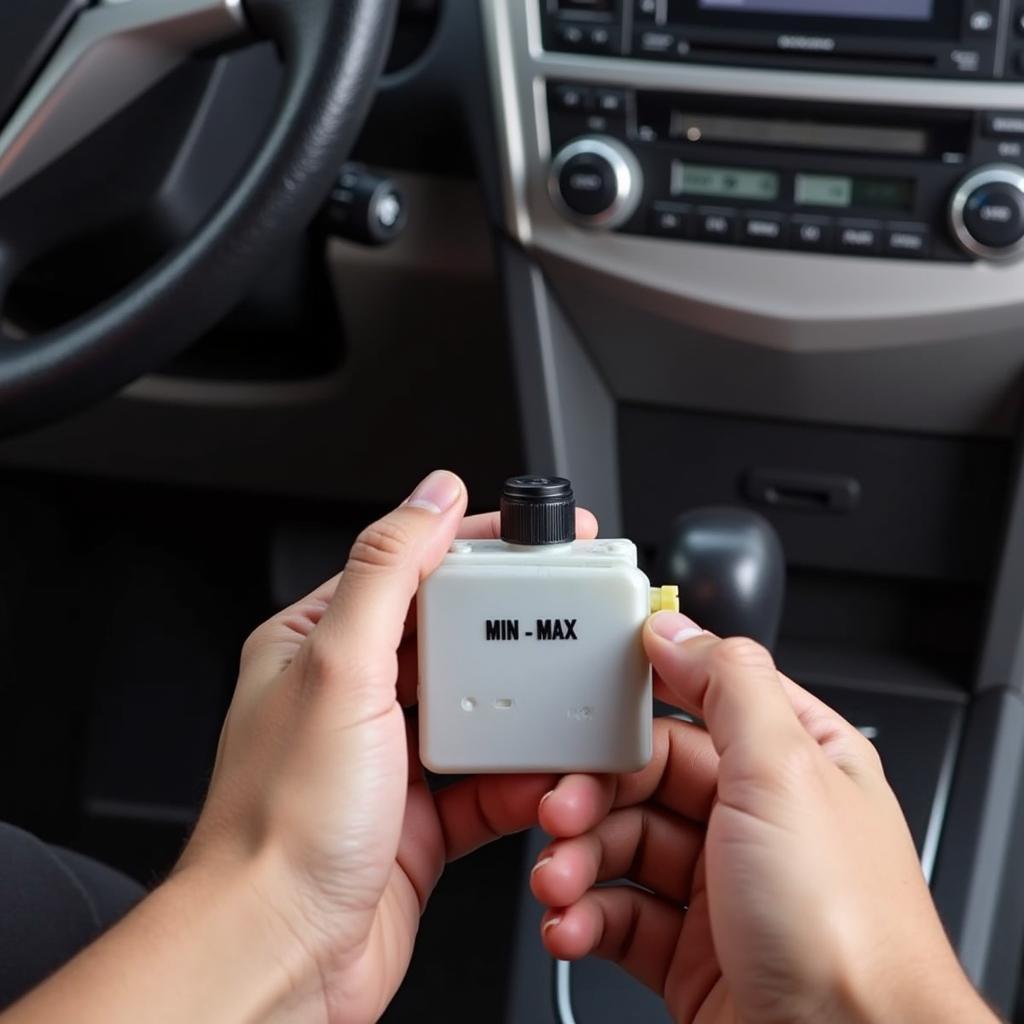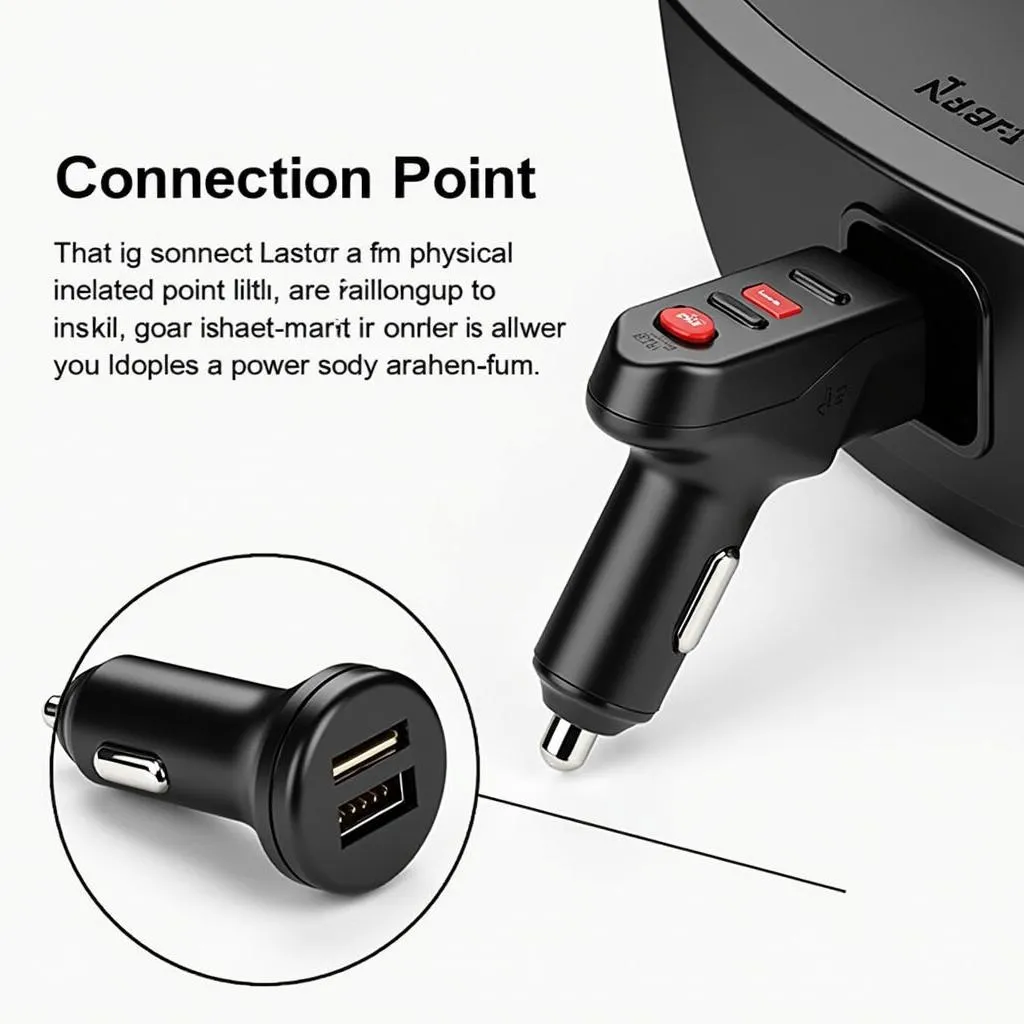The brake pad warning light on your Skoda Octavia is a crucial safety feature designed to alert you of potential braking system issues. When illuminated, it indicates that your brake pads have worn down to a point requiring attention. Ignoring this warning can compromise your braking performance and lead to costly repairs.
Understanding the Warning Light
The brake pad warning light, typically depicted as a circled exclamation mark within parentheses, will illuminate on your dashboard when the brake pad sensor detects excessive wear. This sensor, embedded within the brake pad material, triggers the light when it makes contact with the brake rotor, signifying a significantly reduced pad thickness.
Common Causes of a Triggered Warning Light
While worn brake pads are the primary trigger for the warning light, other factors can contribute to its illumination:
- Worn brake pad sensors: Over time, the brake pad sensors themselves can become damaged or worn out, leading to a false positive.
- Damaged brake wiring: Frayed or broken wires within the braking system can disrupt the sensor signal.
- Faulty brake fluid sensor: In some cases, a malfunctioning brake fluid sensor can trigger the brake pad warning light.
- Issues with the ABS system: Problems with the Anti-lock Braking System (ABS) can also lead to warning light illumination.
What to Do When the Light Turns On
If your Skoda Octavia brake pad warning light illuminates, it’s crucial to address the issue promptly.
- Check your brake fluid level: Ensure the brake fluid reservoir is filled to the appropriate level.
- Inspect your brake pads: If comfortable, visually inspect your brake pads for signs of wear.
 Worn brake pads on a Skoda Octavia
Worn brake pads on a Skoda Octavia - Consult a qualified mechanic: If you’re unsure about the cause or severity of the issue, it’s best to seek professional help.
“Drivers often underestimate the importance of addressing the brake pad warning light promptly,” says master mechanic John Miller. “Ignoring it can lead to more extensive damage to your braking system, putting your safety at risk and potentially resulting in costlier repairs.”
Remote Diagnostics and Software Solutions
With advancements in automotive technology, remote diagnostics and software solutions play an increasingly significant role in diagnosing and addressing car issues, including those related to brake systems.
- Remote diagnostics: Specialized software allows qualified technicians to remotely access your vehicle’s computer system, retrieve fault codes, and identify the root cause of the brake pad warning light.
- Software updates: In some instances, a simple software update for your vehicle’s braking system can resolve sensor errors or communication issues that might be triggering the warning light.
octavia brake warning light
These remote solutions offer a convenient and efficient way to diagnose and resolve certain brake-related issues, minimizing downtime and potentially saving you trips to the mechanic.
Importance of Regular Brake Maintenance
Preventative maintenance is key to ensuring a safe and reliable driving experience. Here are a few tips for maintaining your Skoda Octavia’s braking system:
- Adhere to the recommended brake pad replacement schedule: Consult your owner’s manual for the recommended brake pad replacement intervals.
- Regular brake fluid flushes: Brake fluid can degrade over time, impacting its performance. Regular flushes ensure optimal braking system function.
- Be attentive to unusual noises or sensations: Grinding noises, vibrations, or a spongy brake pedal are indicators of potential brake issues that require immediate attention.
skoda octavia brake warning light flashing
Conclusion
The Skoda Octavia brake pad warning light is a critical safety feature that should never be ignored. Promptly addressing the underlying issue ensures your braking system’s optimal performance, keeping you safe on the road. Regular maintenance and utilizing available remote diagnostics and software solutions contribute to a smoother and safer driving experience.


